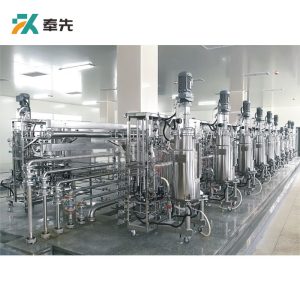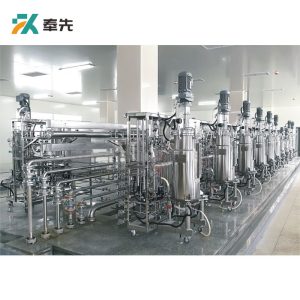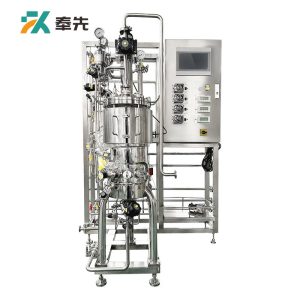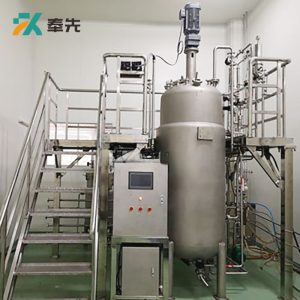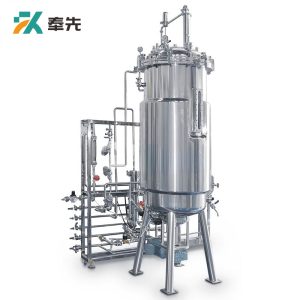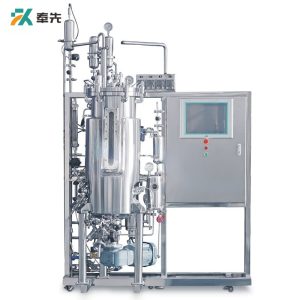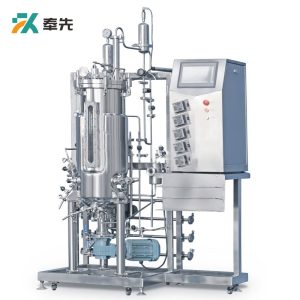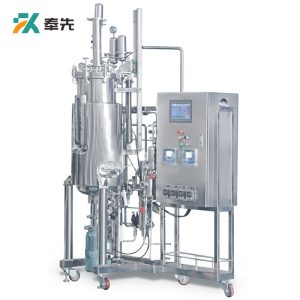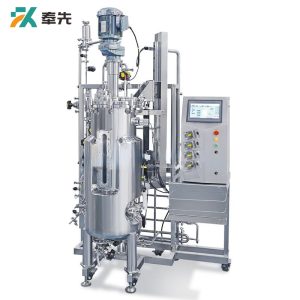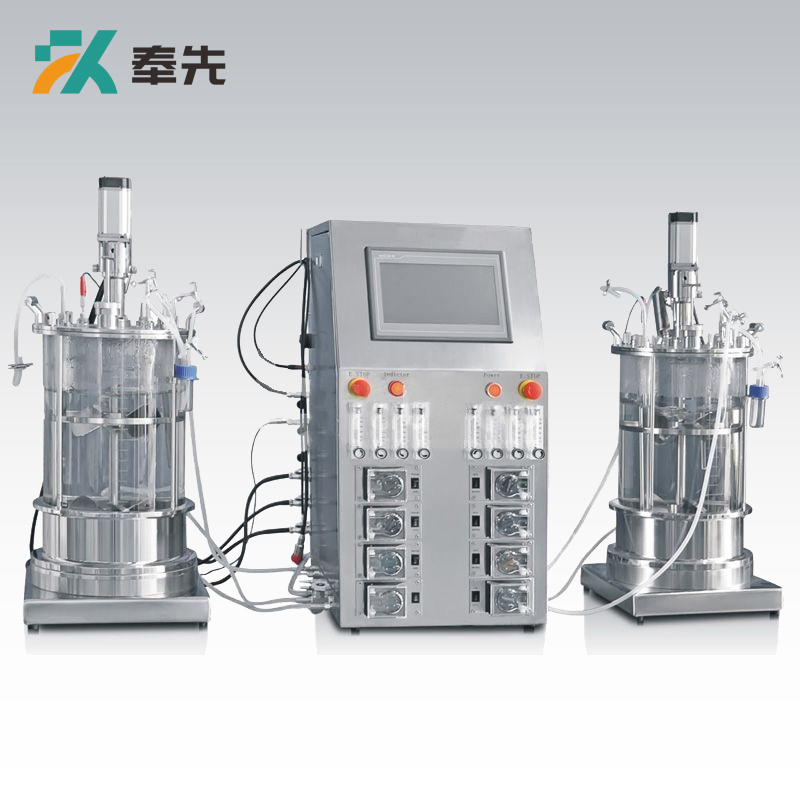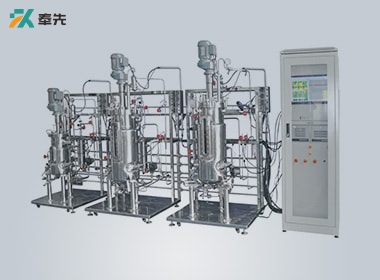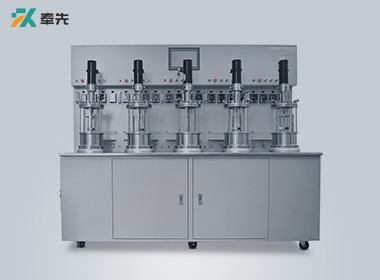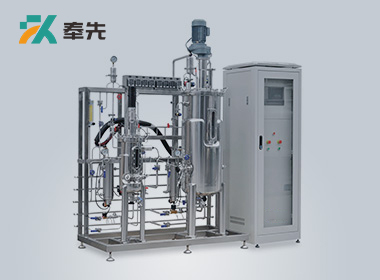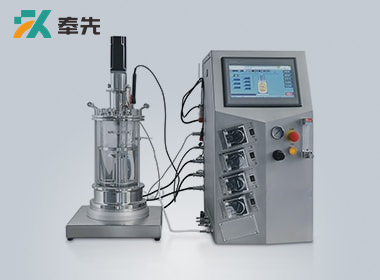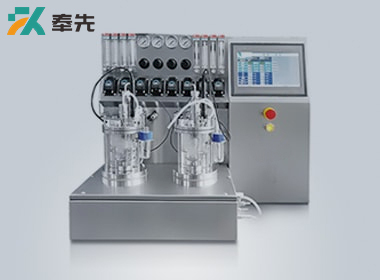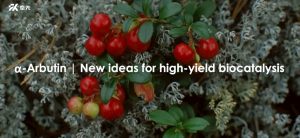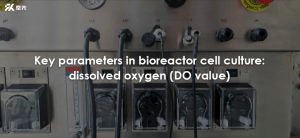WHAT WE DO
-
Micro Bioreactor
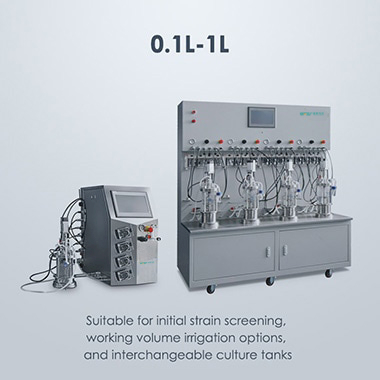
-
Glass Bioreactor Fermenter
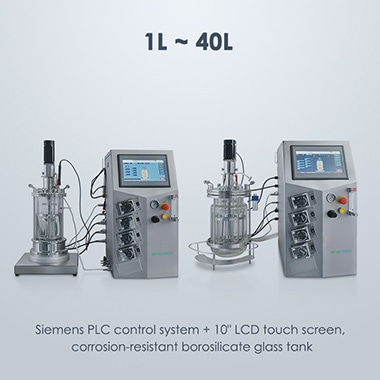
-
Stainless Steel Bioreactor Fermenter
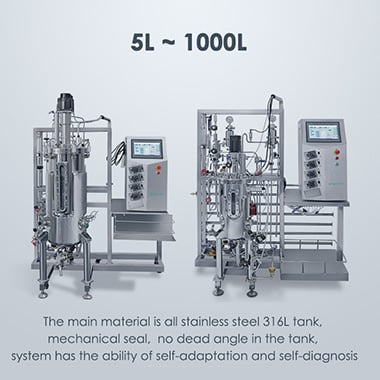
-
Multiple Glass Bioreactor
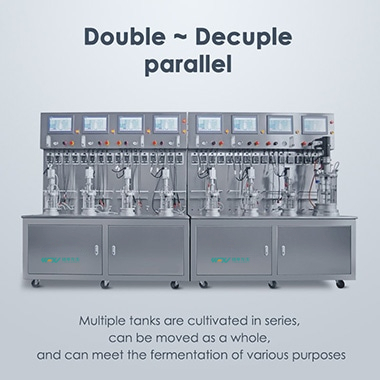
-
Multiple Multistage Stainless Steel Fermenter
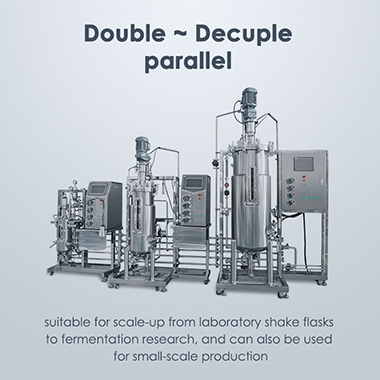
-
Cell Bioreactor Fermenters
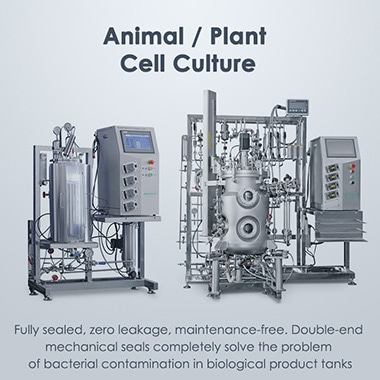
-
Advanced Bioreactor Fermenter
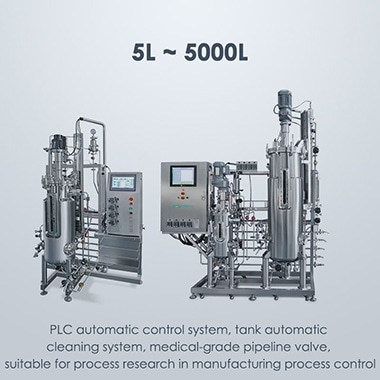
-
Airlift Bioreactor Fermenter
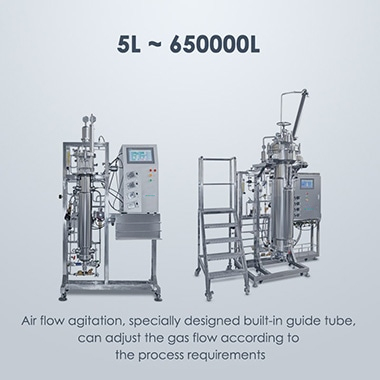
-
Solid State Fermenter
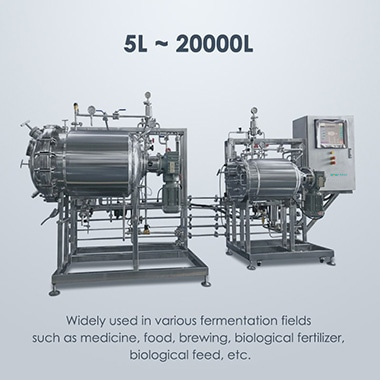
-
Pilot Production Bioreactor
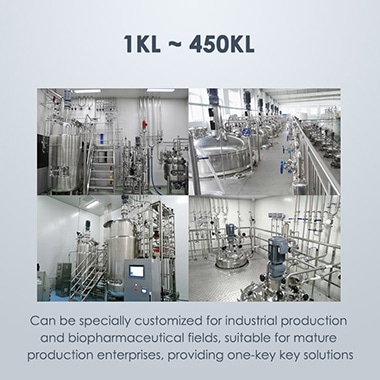
-
Biopharmaceutical Process Module
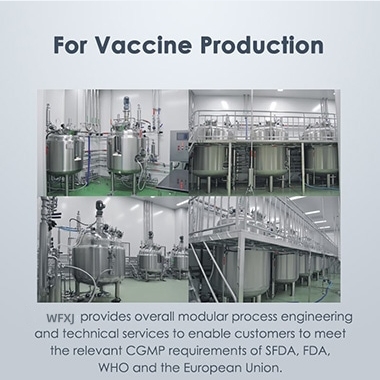
-
WAVE Bioreactor
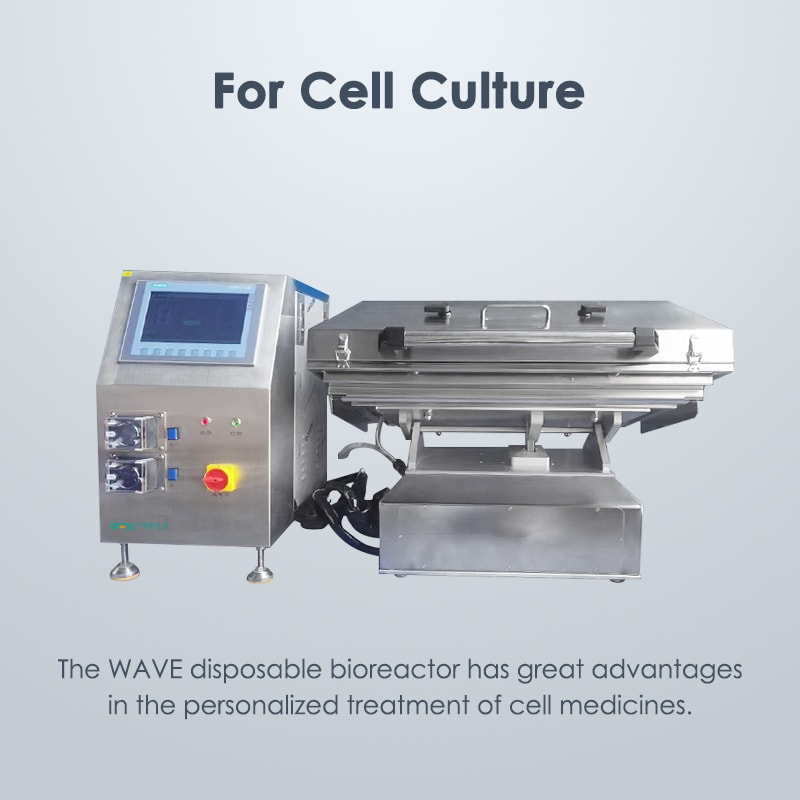
FEATURES PRODUCTS
PROJECT CASE
Henan Fengxian Technology Co., Ltd. has a large number of experienced fermentation processes, and has provided bioreactor systems for more than 50 countries around the world, and has accumulated rich experience in bioreactor engineering such as design, production, installation, and commissioning. Our equipment parts use standard parts as much as possible, and the key parts are basically consistent with European products to ensure the quality of the products, and at the same time optimize the pipeline, facilitate maintenance and maintenance during operation, and reduce the use cost of customers.
ABOUT US
- Rigorous
- Easy
- Innovation
- Stability
Henan Fengxian Technology Co., Ltd. is a manufacturer and technical service provider specializing in complete solutions of bioreactors. Has 15 years of experience in fermentation process research and fermentation equipment manufacturing. We focuses on the biopharmaceutical and bioengineering industries, and its production services include: R&D, design, manufacturing and verification of high-standard sanitary containers and modular process equipment; installation and verification services in pharmaceutical factories/workshops; biological and pharmaceutical engineering design and consulting Service; Committed to becoming a leading provider of overall solutions for biopharmaceutical engineering in China. Our bioreactors are mainly used for Escherichia coli, yeast, fungi, insect cells, plant cells and animal cell culture, etc. The application fields include medical vaccines, animal vaccines, antibodies, microbial fermentation, cell tissue engineering, stem cell culture, recombinant protein drugs It can also be used as a production-scale fermenter for laboratory-level research and pilot trials such as , antibiotics, enzymes, and biofuels.
-
- 15YRS
Biological Fermentation
-
- 130PPL
Research & Design
-
- 20000SQM
Industrial Plant
-
- 7X24HRS
Technical Support
BIOREACTOR FERMENTER VIDEOS
LEARN ABOUT BIOREACTOR
-
Analysis Of The Advantages And Disadvantages Of The Five Maj...
There are many types of valves, each with its own advantages and disadvantages. Here are the advantages and disadvantages of the five major valves, including gate valves, butterfly valves, ball valves, globe valves and plug valves. I hope it will be helpful to you. 1. Gate valve Gate valve refers to... -
Α-Arbutin | New Ideas For High-yield Biocatalysis
Alpha-arbutin, an alpha-glucoside extracted from hydrobenzoquinone, blocks melanin synthesis by effectively inhibiting the tyrosinase activity of melanocytes and is known for its major whitening properties. Furthermore, α-arbutin exhibits high antioxidant, antimicrobial, and anti-inflammatory activi... -
Key Parameter In Bioreactor Cell Culture: Dissolved Oxygen
In the biological reaction production process, the DO value is generally used as the dissolved oxygen parameter. The DO value is one of the most critical parameters in the entire fermentation process. It can not only intuitively reflect the dynamic changes of the entire fermentation process, but als...




